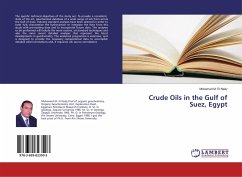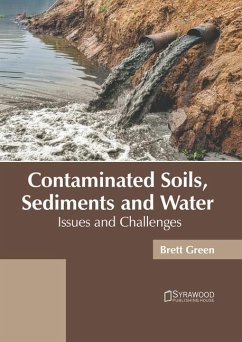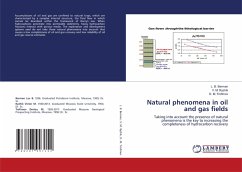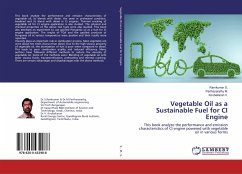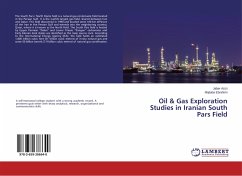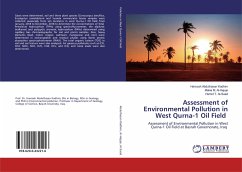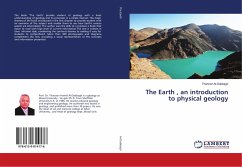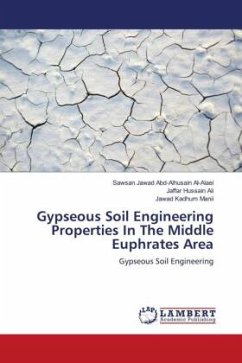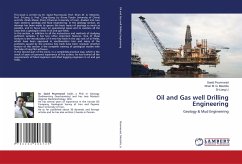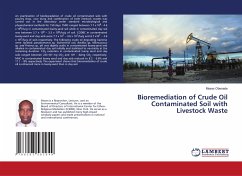
Bioremediation of Crude Oil Contaminated Soil with Livestock Waste
Versandkostenfrei!
Versandfertig in 6-10 Tagen
36,99 €
inkl. MwSt.

PAYBACK Punkte
18 °P sammeln!
An examination of biodegradation of crude oil contaminated soils with poultry drop, cow dung and combination of both livestock wastes was carried out in the laboratory under standard microbiological and physiochemical methods for 150 days. THBC ranged between 7.7 x 108 - 4.6 x 108cfu/g in contaminated loamy-sand soil while in contaminated clay soil was between 5.7 x 108 - 3.3 x 108cfu/g of soil. CODBC in contaminated loamy-sand and clay soils were 7.7 x 107 - 4.6 x 107cfu/g and 6.7 x107 - 3.6 x 107cfu/g of soils respectively. The following crude oil degrading bacteria were isolated: pseudomona...
An examination of biodegradation of crude oil contaminated soils with poultry drop, cow dung and combination of both livestock wastes was carried out in the laboratory under standard microbiological and physiochemical methods for 150 days. THBC ranged between 7.7 x 108 - 4.6 x 108cfu/g in contaminated loamy-sand soil while in contaminated clay soil was between 5.7 x 108 - 3.3 x 108cfu/g of soil. CODBC in contaminated loamy-sand and clay soils were 7.7 x 107 - 4.6 x 107cfu/g and 6.7 x107 - 3.6 x 107cfu/g of soils respectively. The following crude oil degrading bacteria were isolated: pseudomonas sp, Escherichia coli, Bacillus sp, Micrococcus sp, and Proteus sp. pH was slightly acidic in contaminated loamy-sand and alkaline in contaminated clay soil initially and stabilized to neutrality at the remaining duration. CO2 evolution in contaminated loamy sand and clay soils ranged between 223-107 mg CO2 and 107 - 62mg CO2 respectively. MHC in contaminated loamy sand and clay soils reduced to 8.2 - 6.6% and 11.1 - 8% respectively. The experiment shows that bioremediation of crude oil is enhanced more in loamy-sand than in clay soil.



